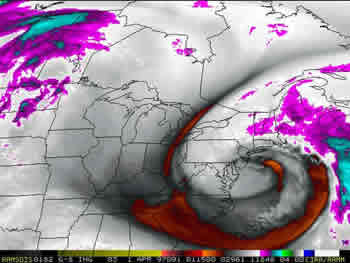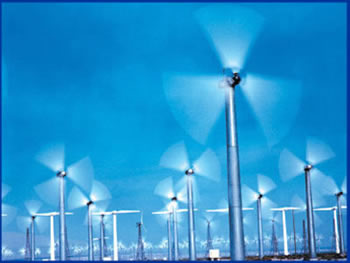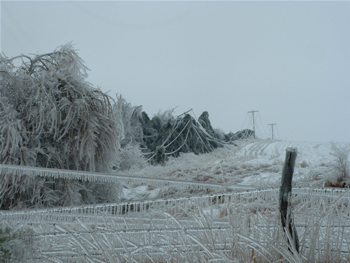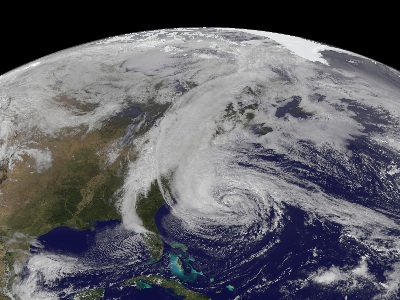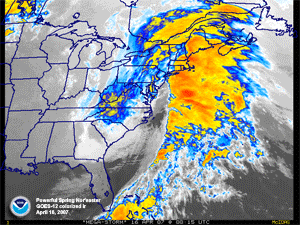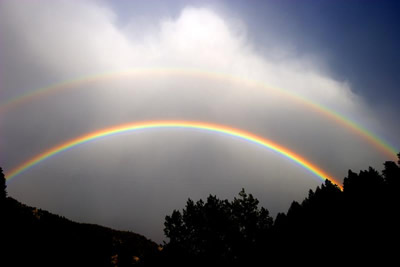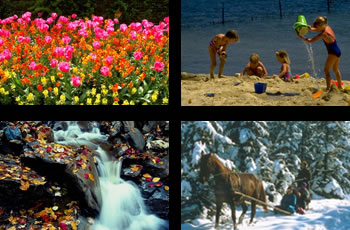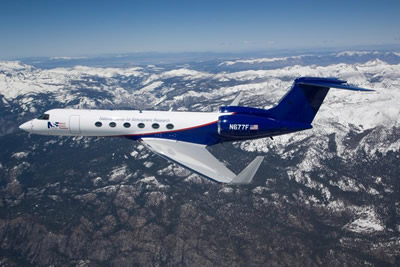Click on image for full size
Courtesy of National Weather Service Forecast Office of Buffalo, NY
Type of Wind: Northeaster
Northeasters, also known as nor’easters, are cyclonic, cold winds that develop in the mid-latitudes that can bring heavy snow or sleet and gale force winds of 40-55 mph (64.5-88.7 kph). This type of wind is found off of the coast of New England predominately during the winter. In fact, most snowstorms in the eastern United States are called northeasters. The reason for this comes from the typical direction of the wind, which comes from the northeast. A northeaster forms when a deep low pressure system over the Eastern United States is fed warm moist air as it approaches the Atlantic Ocean. The growth of this wind storm is incredible as it moves offshore. Typically, northeasters travel parallel to the coastline. There have been studies that have showed that a northeaster has characteristics that are comparable to many tropical hurricanes. This radar image shows a northeaster traveling up the east coast of the United States.
A northeaster from February 1969 is a good example of the impact of this type of storm. In the New England states, snowfall amounts included: 70 inches (1.78 meters) in Rumford, Maine, 114 inches (2.9 meters) in Mt. Mansfield, VT, and an astonishing 164 inches in Pinkham Notch, NH , which is almost 14 feet (4.2 meters)! More recently, in Wildwood, NJ in 1992 wind speeds were 90 mph (145 kph). These wind speeds caused extensive damage to the beaches and beach front homes.
Another cold wind is the Texas norther or blue norther. Northers also bring snow and cold wind. The sting of this strong cold wind can be felt across the high plains of Texas and in the Gulf of Mexico.
All over the world, the name for a cold wind is different. A cold wind in Central America is called a norte. In India, there is a cold dry land wind named terrenho. Brazil uses the name sur for a cold wind. A cold northern wind in Spain and Portugal is referred to as a gallego. Greece uses the word vardar for a cold fall wind.
Williwaw is a cold violent wind that suddenly descends down a mountainous coast towards the sea in the high latitudes. The Strait of Magellan, Aleutian Islands, and Alaska are common areas for a williwaw. Other places around the world have different names for this type of phenomenon. The word williwaw is Native American in origin and means a strong erratic gust of wind.


